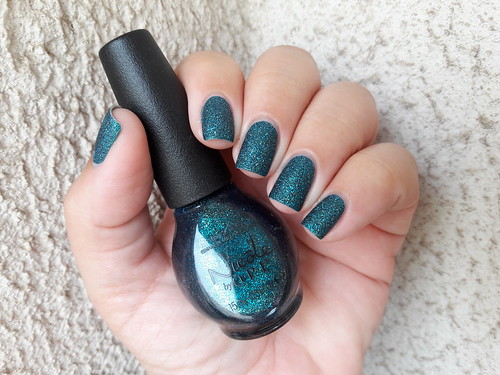Diabetic individuals have been not incorporated. human TGF-one (Cat. No T 0438) and ATRA (Cat.no R-2625) were from Sigma Aldrich (Saint Louis, MO) mouse LY-573144 hydrochlorideCOL144 hydrochloride antiacetylated – tubulin (Cat. no 32-2700), mouse anti-cytokeratin (Cat. no 18-0213), rabbit anti-claudin-one (Cat. no 51-9000), rabbit anti-occludin (Cat. no seventy one-1500), rabbit anti-ZO-one (Cat. no 61-7300) and mouse anti- vimentin (Cat. no eighteen-0052) ended up acquired from Zymed (South San Francisco, CA) -SMA (Cat. no. BCL171) was from Merck Millipore (CA), mouse anti-actin was kindly donated by Dr. Jose Manuel Hernandez (Office of Mobile Biology, Centre for Study and Sophisticated Reports National Polytechnic Institute, Mexico, d.f., Mexico) [21].
Cytokeratin is a marker of epithelial phenotype. In management HPMCs, cytokeratin label was perinuclear (Determine 2A, panel a, arrowhead). In LT cells, perinuclear label was prominent and prolonged by means of the entire mobile body (panel d). In HT, cytokeratin was disorganized and some projections ended up noticed (panel g, arrows). ATRA (one hundred nM) enhanced cytokeratin organization and distribution in LT (panel f) and HT (panel i). In management cultures, ATRA did not modify the pattern described (panels b and c). Western blot did not present differences in cytokeratin material amongst groups. ATRA did not have result on cytokeratin expression (Determine 2, B and C). In addition to cytokeratin, expression of claudin one, occludin and ZO-1 as epithelial markers have been explored. Under basal problems, LT and HT showed a considerable reduction in the expression of claudin 1, occludin and ZO-one in comparison to management (Desk 2). ATRA therapy (50 and one hundred nM), elevated the expression of ZO-one in LT and the expression of claudin-1, occludin and ZO-1 in  HT (Desk 2) variety of ciliated cells had been counted in replicate from at minimum 3 experiments for each and every condition.
HT (Desk 2) variety of ciliated cells had been counted in replicate from at minimum 3 experiments for each and every condition.
Vimentin confirmed perinuclear and cytosolic area in control HPMCs (Figure 3A, panel a, arrowhead). In LT, vimentin label was intensive with a fibrillar pattern (panel d, arrows). 15001575This pattern was also noticed in HT (panel g, arrow). In LT (panel f) and HT (panel i), ATRA (one hundred nM) improved vimentin distribution. In manage society there was no adjust. Western blot showed improved vimentin expression in LT and HT, far more apparent in LT. ATRA (a hundred nM) reduced vimentin expression in these cultures, with no change in handle (Figure 3, B and C).
Retinoic acid improved mobile morphology and reduced the variety of hypertrophic cells in LT cultures. (A) Omentum-derived mesothelial cells (manage) and effluent-derived mesothelial cells from LT and HT developed right up until confluence in the existence of ATRA (, fifty, 100 and two hundred nM). LT cells exhibited an boost in their common dimensions (e, arrowheads) and hypertrophy (e, double asterisk). In HT cultures epithelial (i, arrowheads) and hypertrophic (i, double asterisk) cells had been both noticed. ATRA diminished the presence of hypertrophic cells in LT, in a concentrationdependent way (f, g and h). (B to E) Quantification of overall (empty bars), hypertrophic (hatched bars) and flattened (loaded bars) in mesothelial cells taken care of as in A. LT and HT exhibited much less cells by area and much more hypertrophic cells than handle cultures (B).